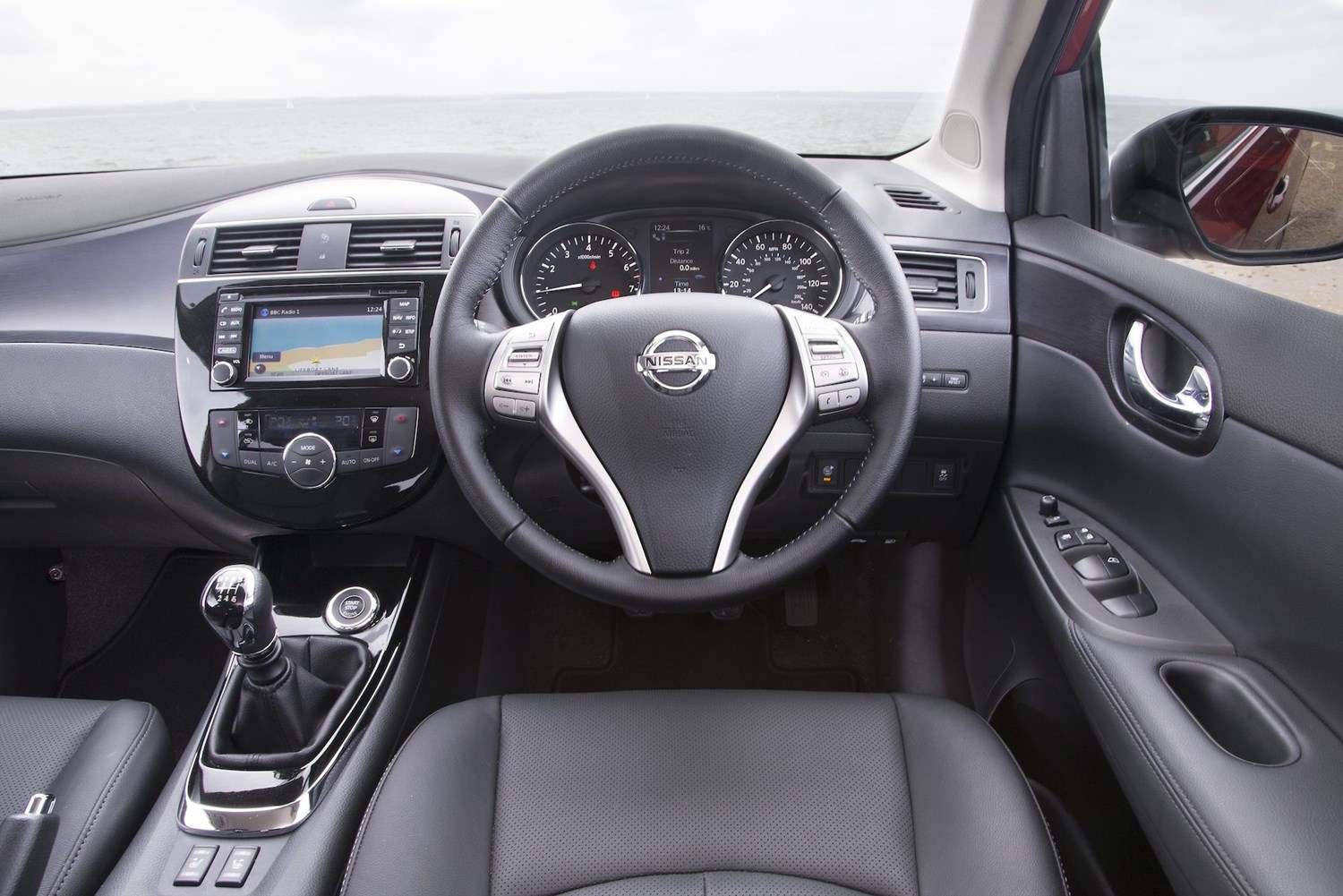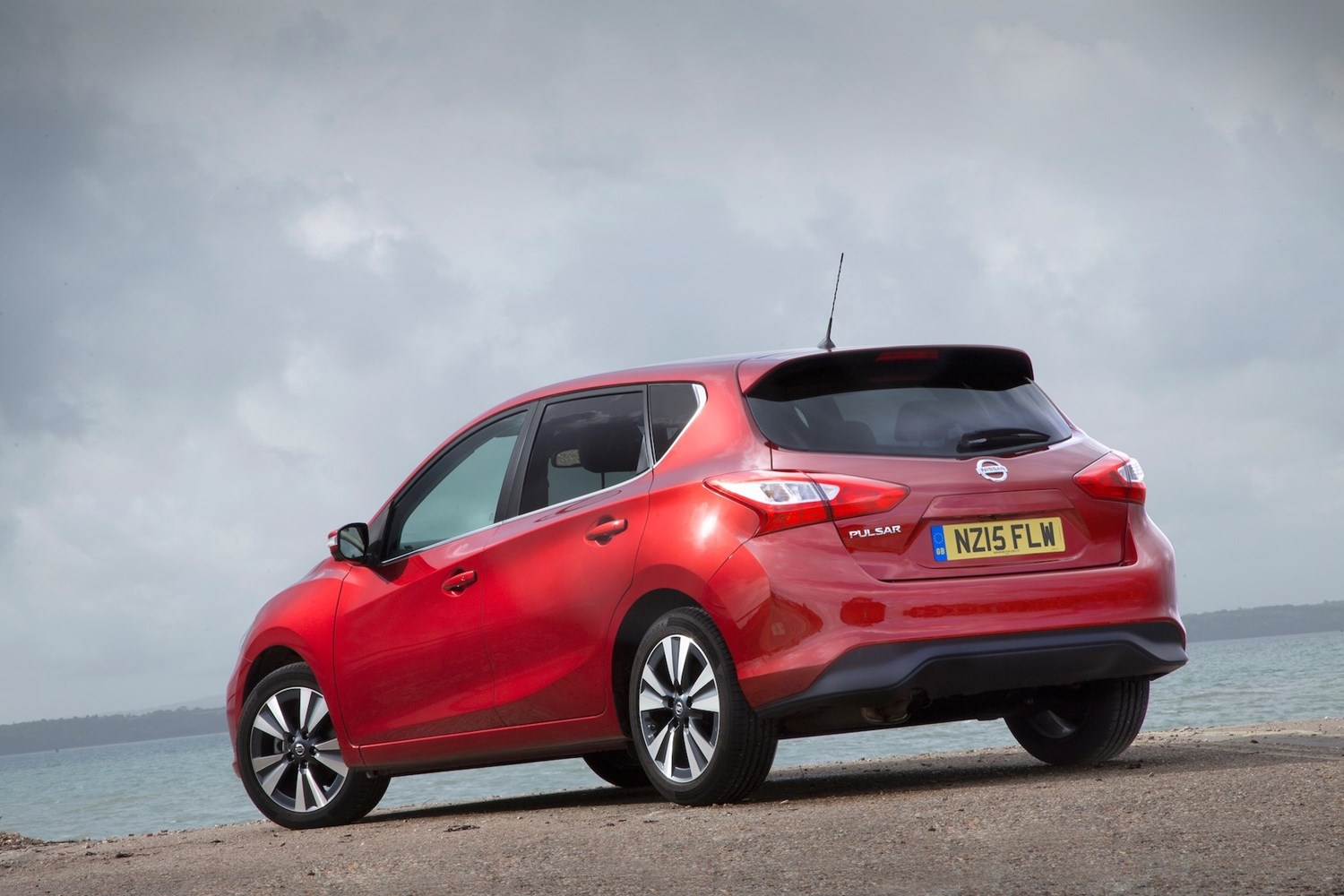Latest model
The Pulsar had quite a short lifespan, with Nissan discontinuing the model in 2018 when the firm decided to close its Barcelona factory, where this hatchback was produced.
There were a few small tweaks over the years, with an addition in 2015 seeing a punchy 187bhp 1.6-litre petrol engine introduced to the hatchback, giving the Pulsar extra performance and revised dynamics to make it into more of a hot hatch.
In 2017, Nissan also expanded the line-up with an N-Connecta Style Edition, bringing additional standard equipment to the line-up, along with slightly tweaked styling.
Value for money
Value for money was always at the core of the Pulsar, and that was reflected with its quite attractive starting price of £15,995 when it was new, rising to just over £20,000 for a top-spec Tekna version. Even the sportier version came in at under £20,000.
Today, however, the Pulsar is a very attractive used buy, with its relatively unknown status helping to bring prices down. The cheapest high-mileage cars start from just £4,000, though you’ll pay around £6,500 for a clean car with around 60,000 miles on the clock. The most expensive used Pulsars will set you back around £13,000, so you’re really better off opting for a more affordable version considering the minimal changes it received over its lifetime.
Looks and image
Though Nissan tried to give the Pulsar some of the stylish appeal of the Qashqai with its neat chrome ‘V-Motion’ grille, the overall design is relatively bland, with the Pulsar showing its age far more than rivals like the Volkswagen Golf and Volvo V40, for example. High-spec models – particularly the Tekna – are more appealing, though, thanks to their larger alloy wheels and modern LED headlights.
Inside, the Pulsar’s interior doesn’t do a huge amount to excite, either, with quite a plain and dark design, though the actual ergonomics and functionality of it all are excellent. Though the touchscreen on higher-spec versions is quite dated now, it still remains easy to use too. The quality of the Pulsar’s cabin does also fall short of the class best, though that is reflected in the price you pay.
Behind the wheel, the thing that stands out with the Pulsar is just how comfortable it is. With a soft suspension setup, it’s a good match for Britain’s poor-quality roads, while this Nissan is generally refined and easy to drive too. If you’re looking for something sporty, however, it’s not the best. The sportier 190 model adds a touch more excitement, but it’s certainly not the most thrilling still.





